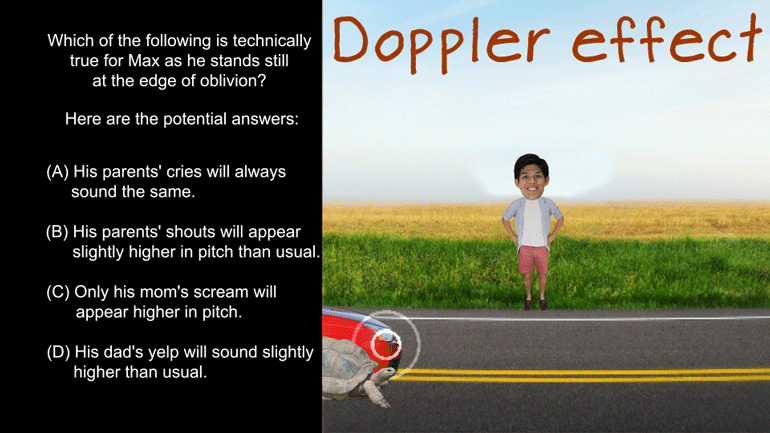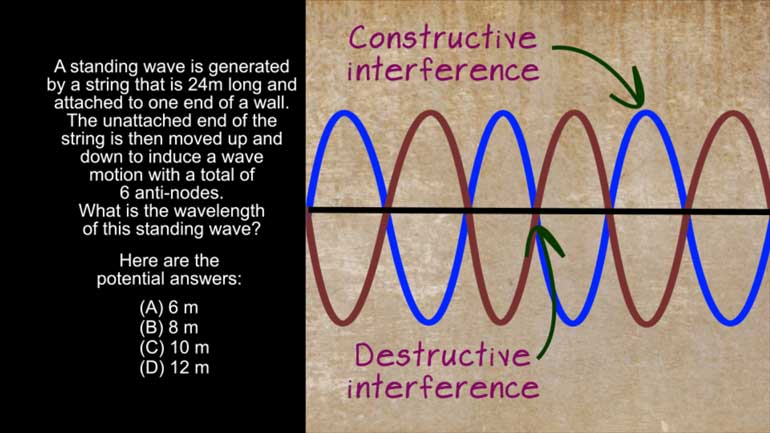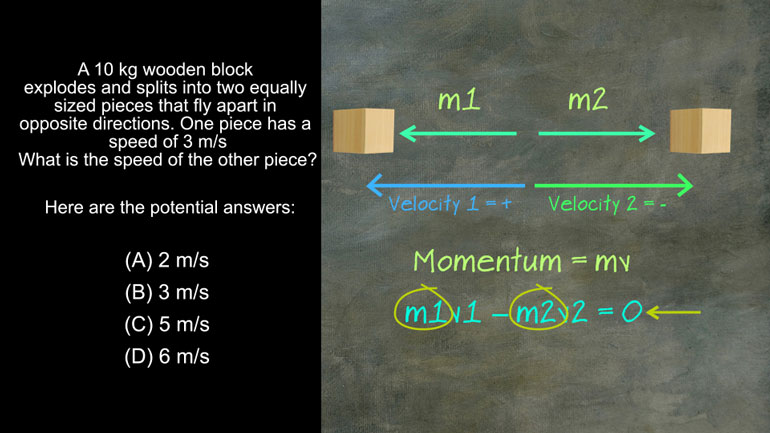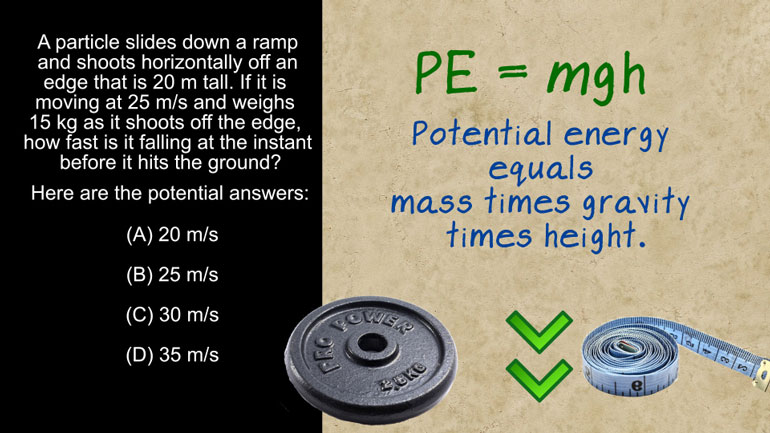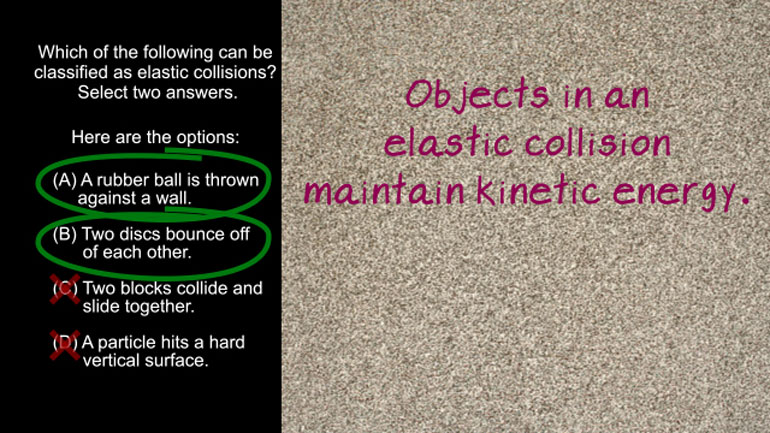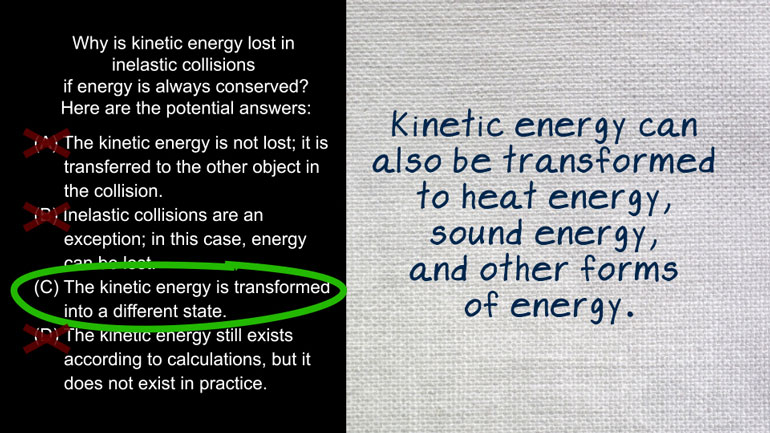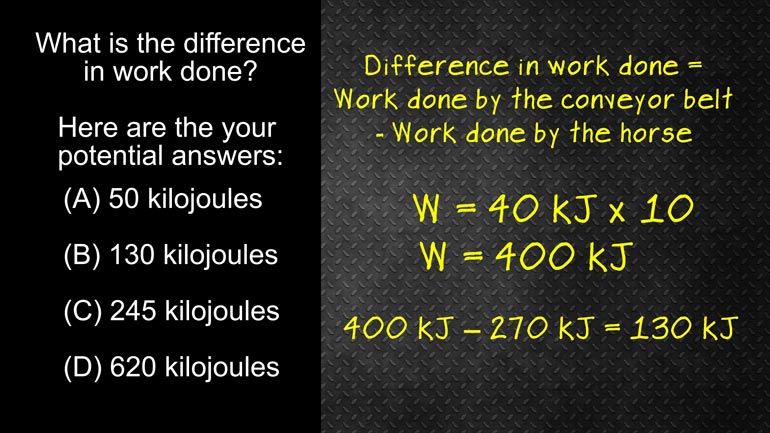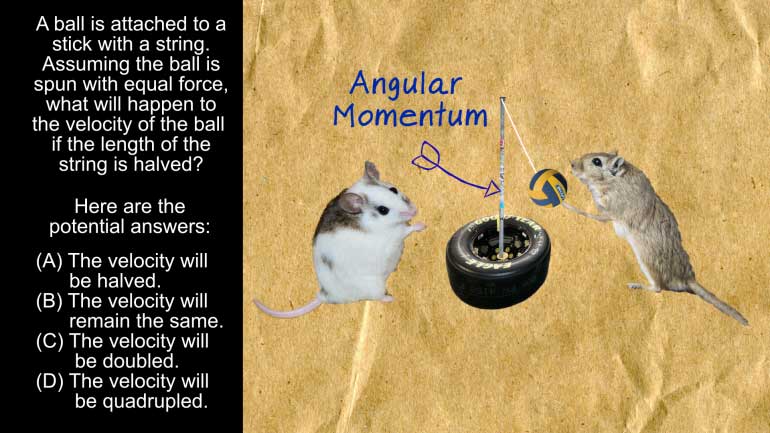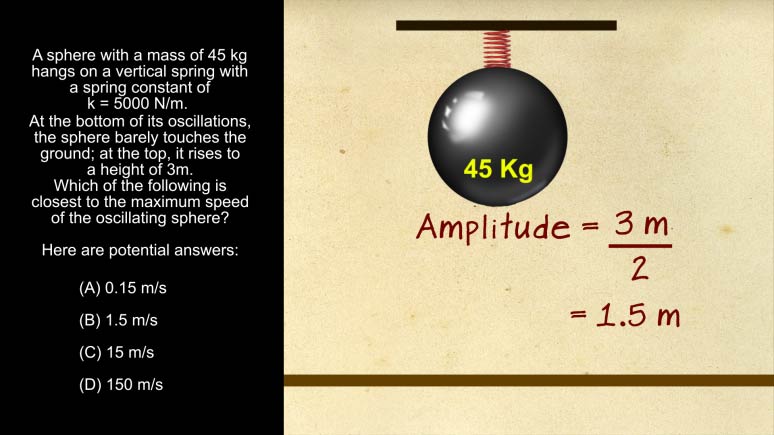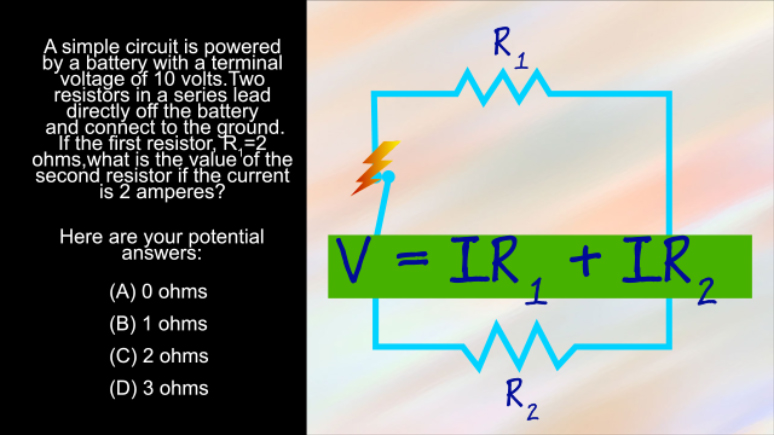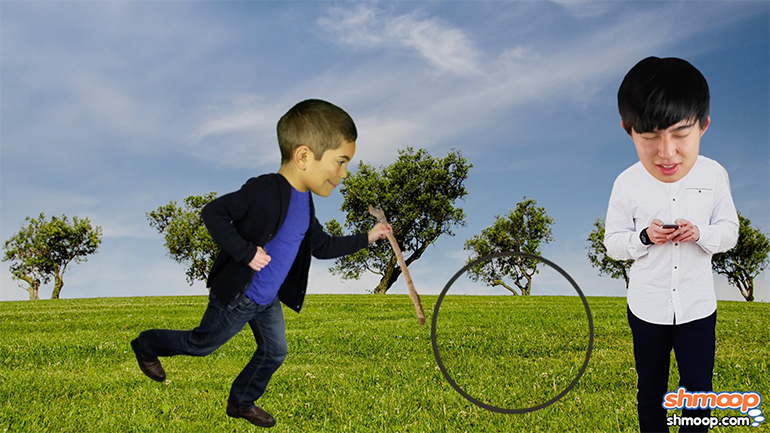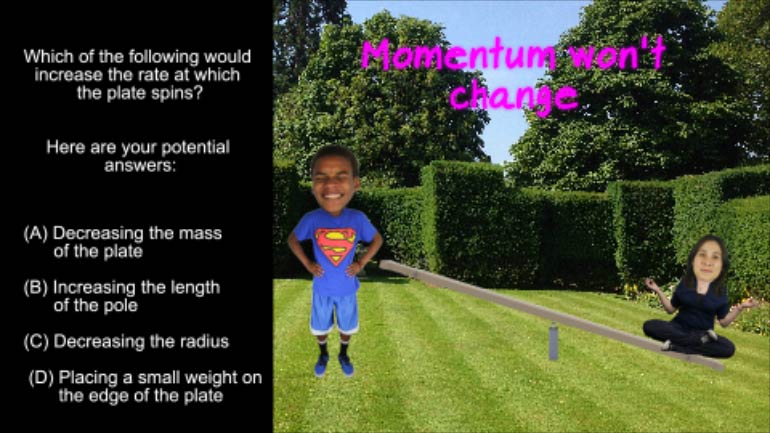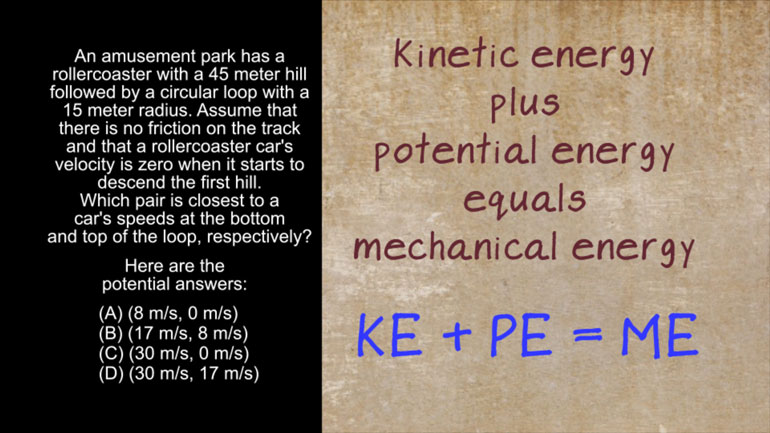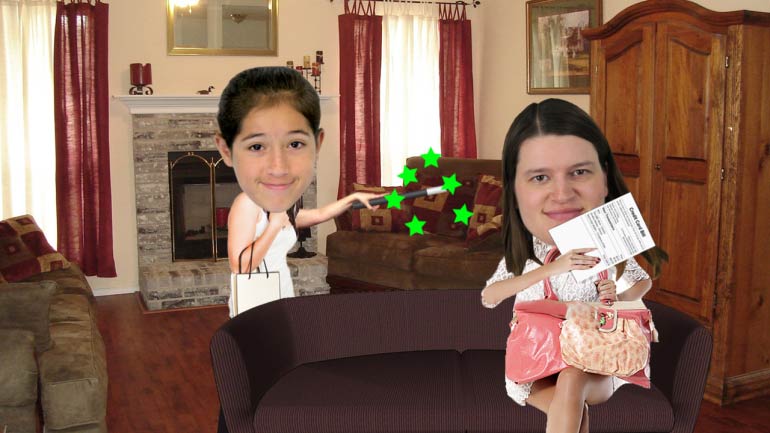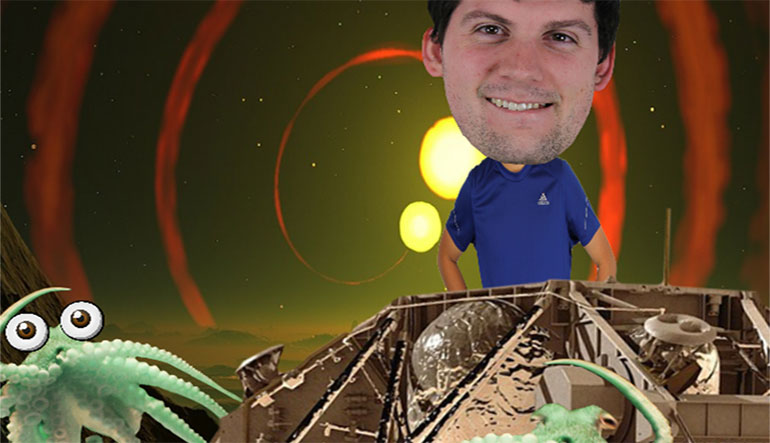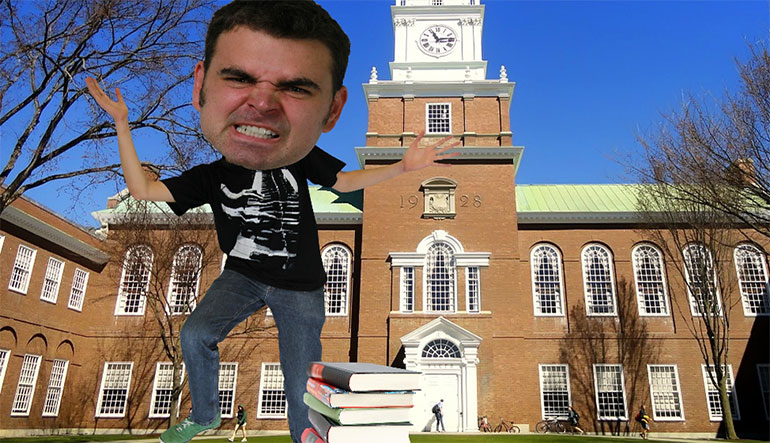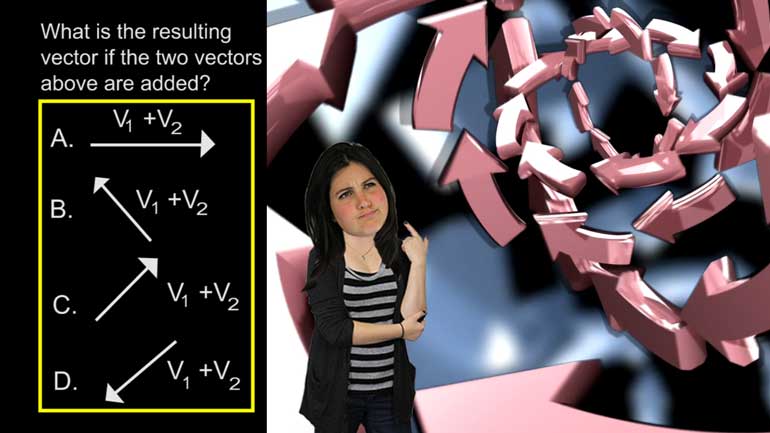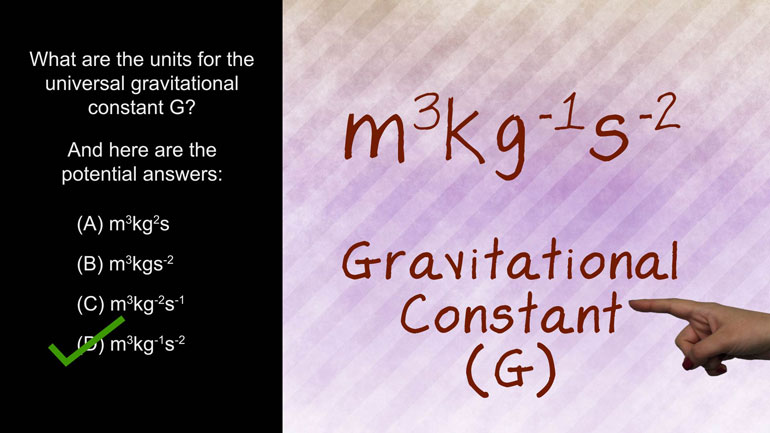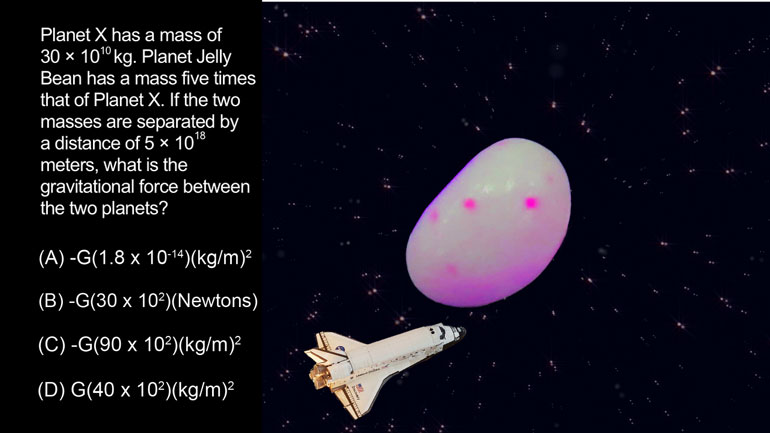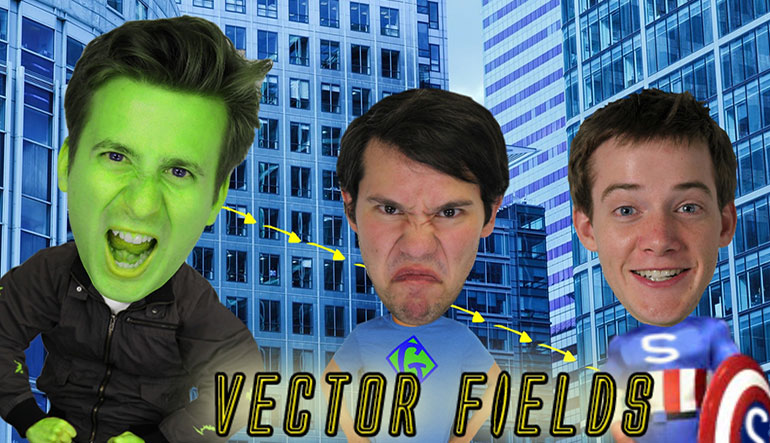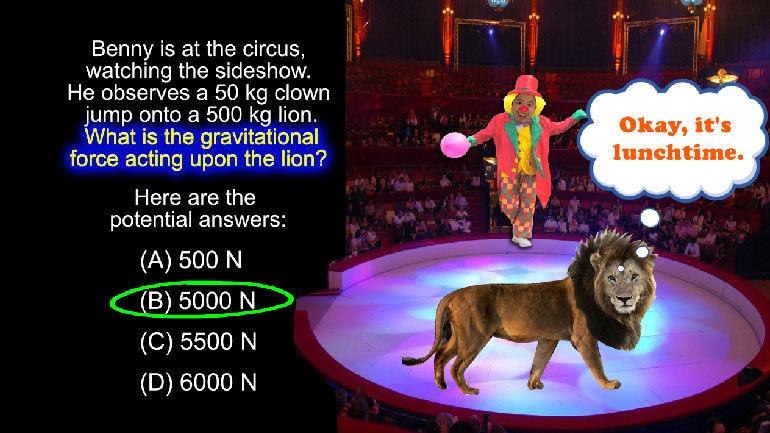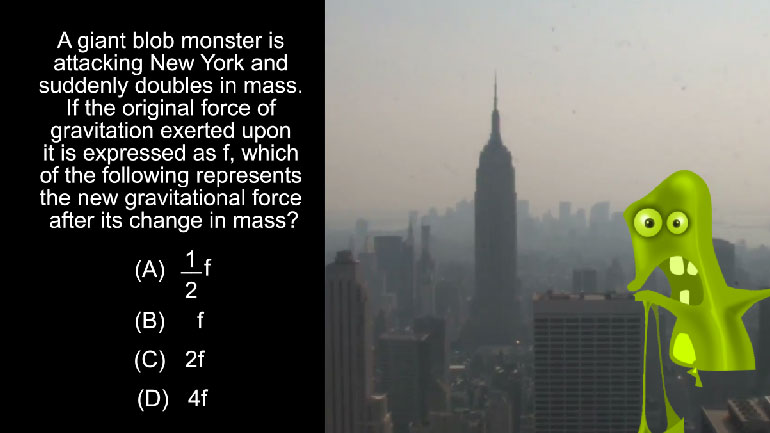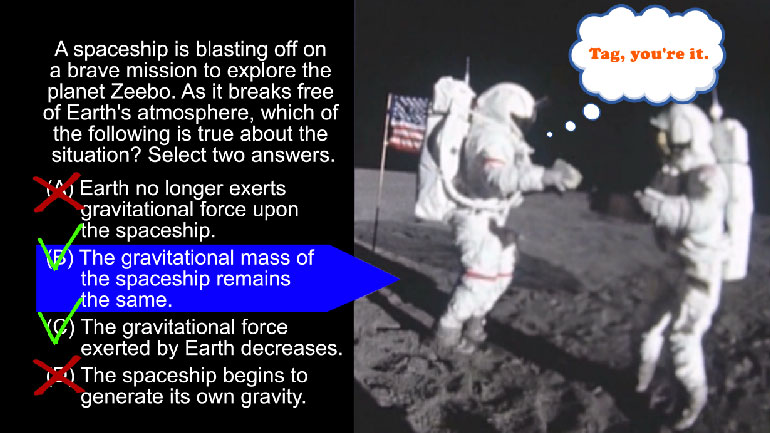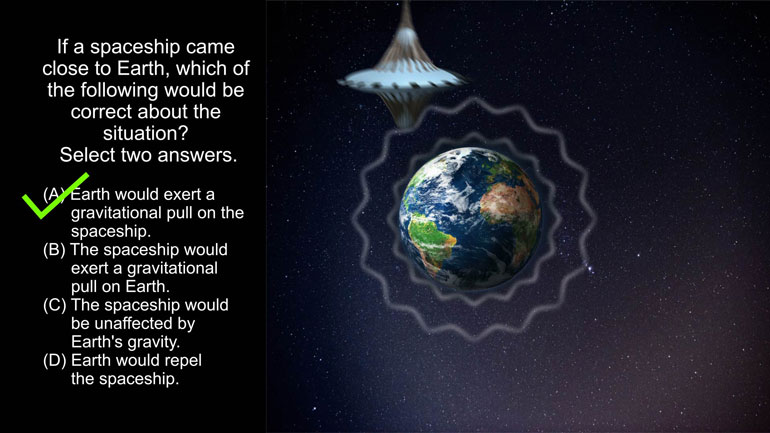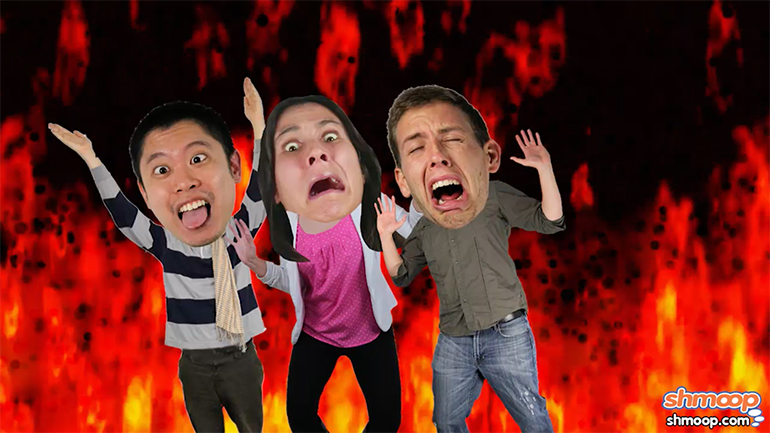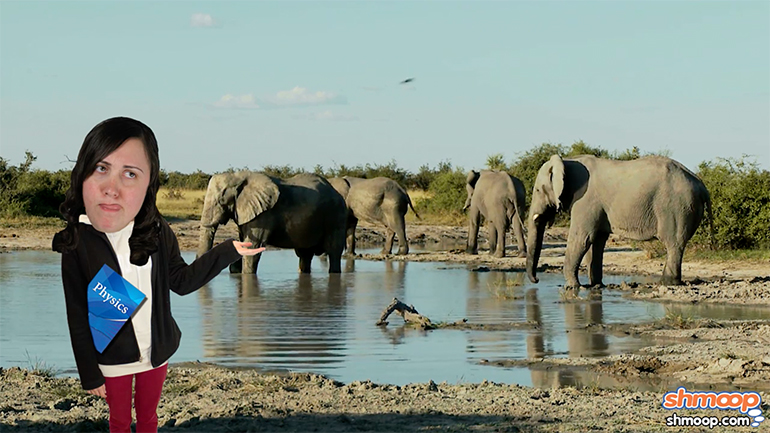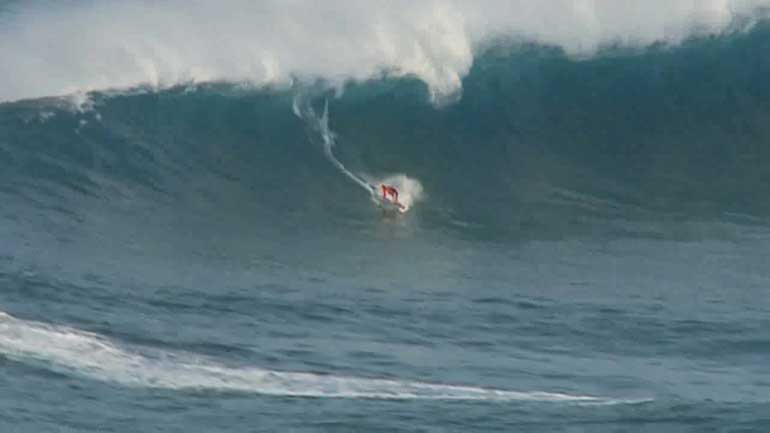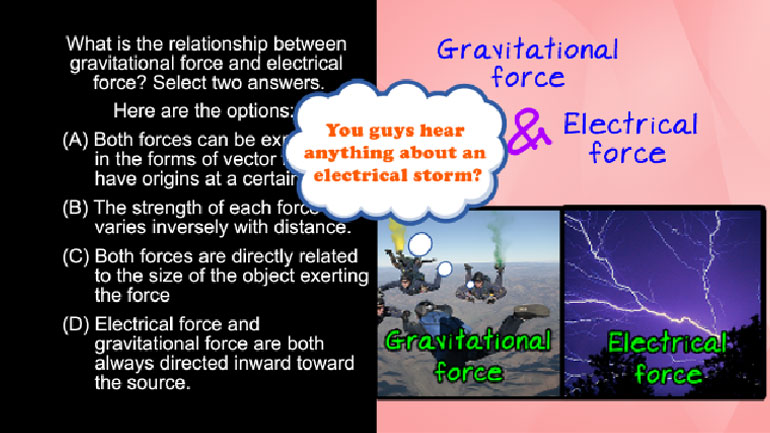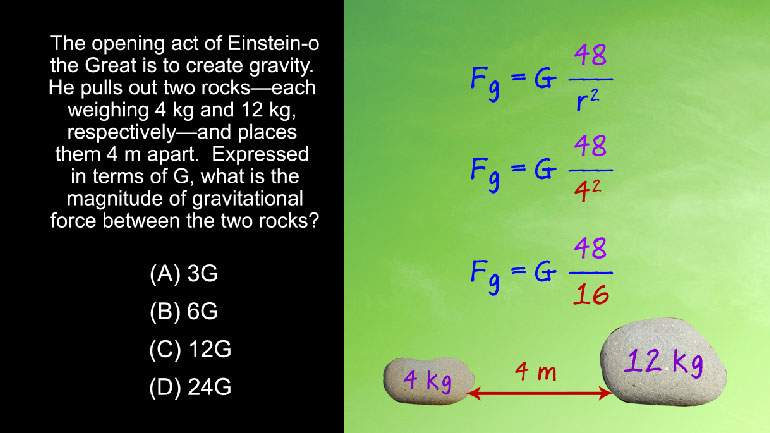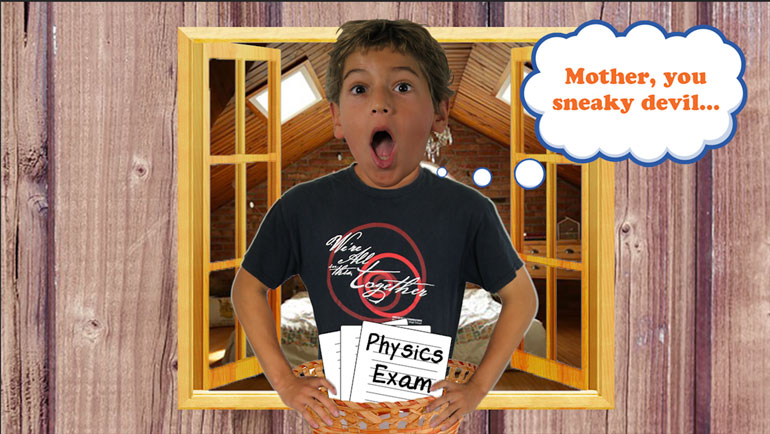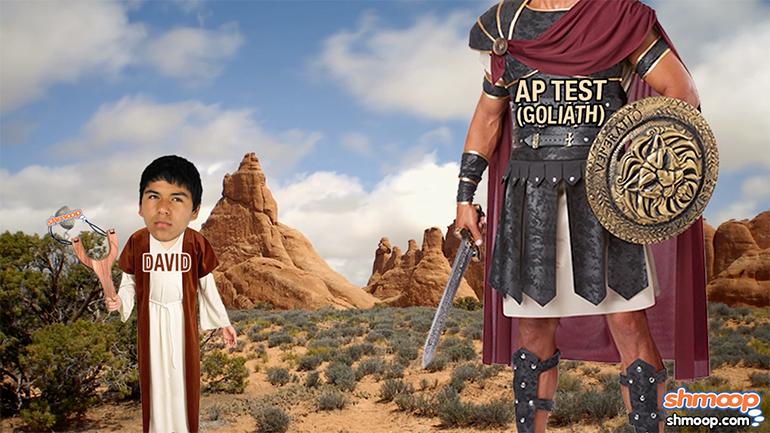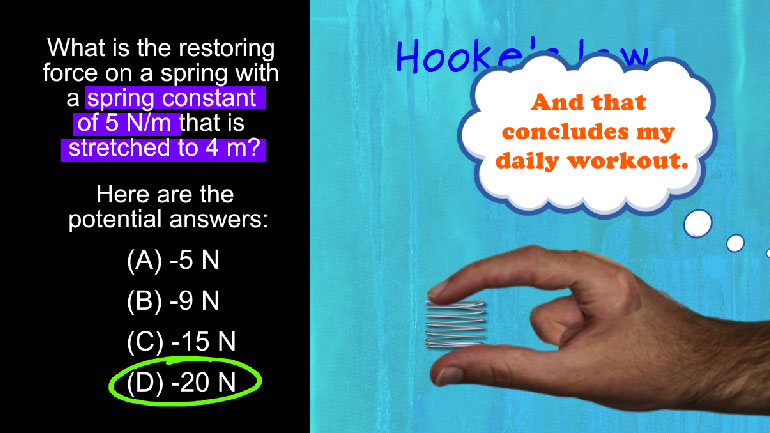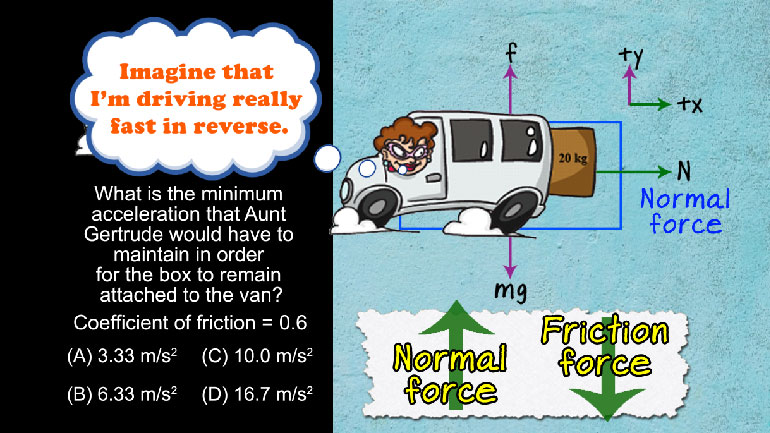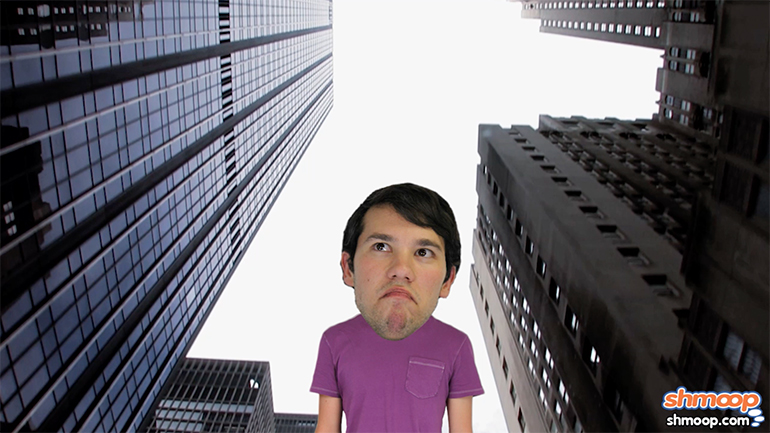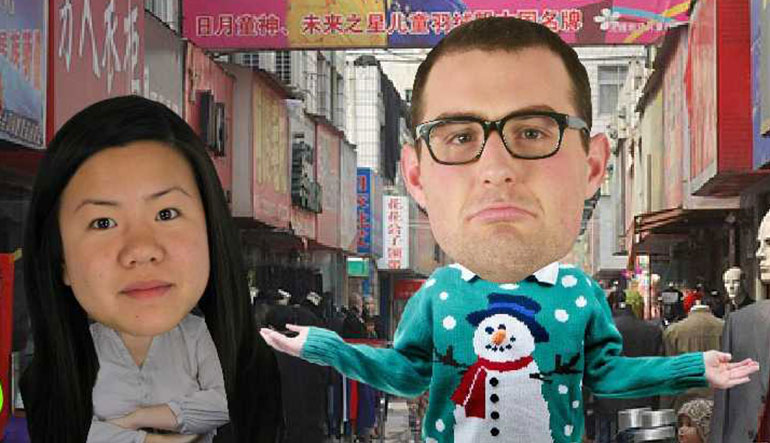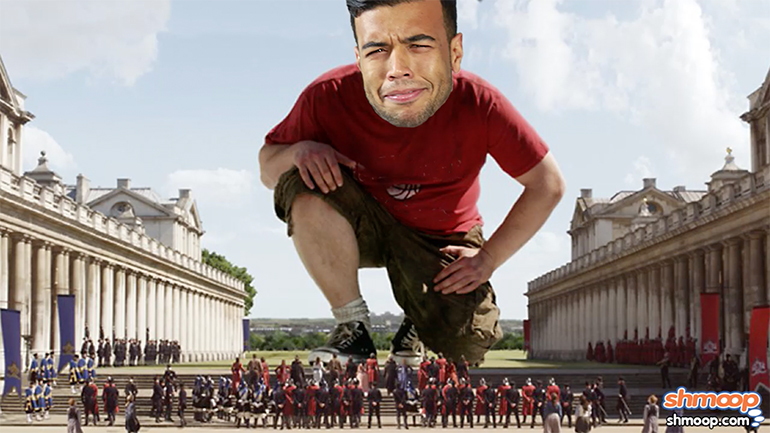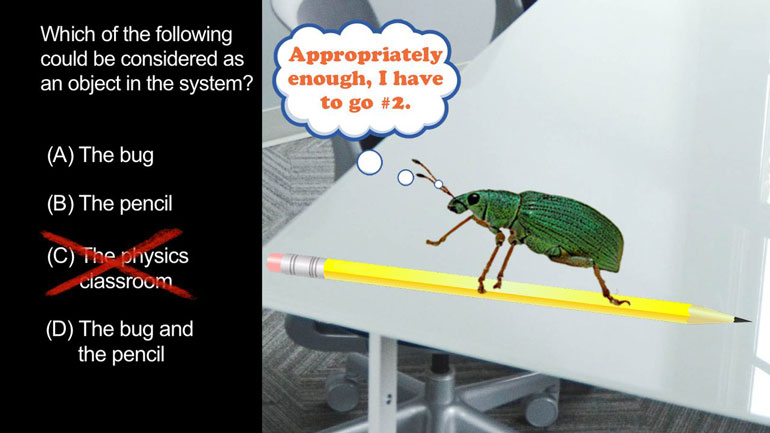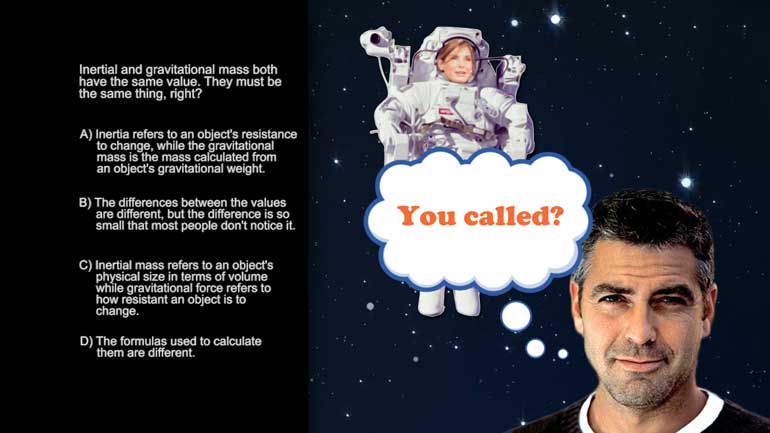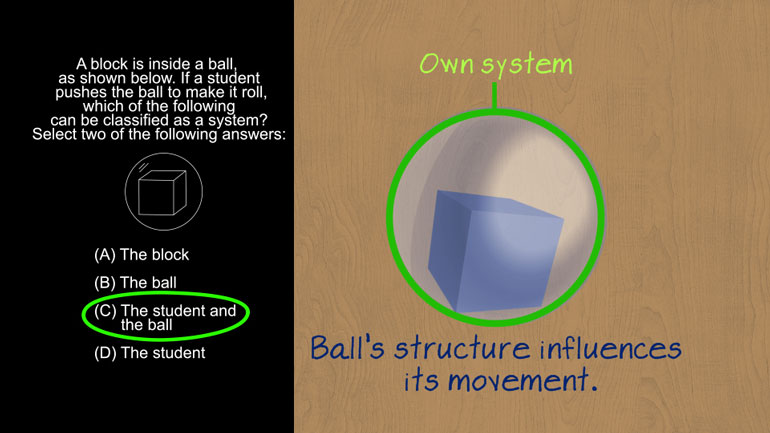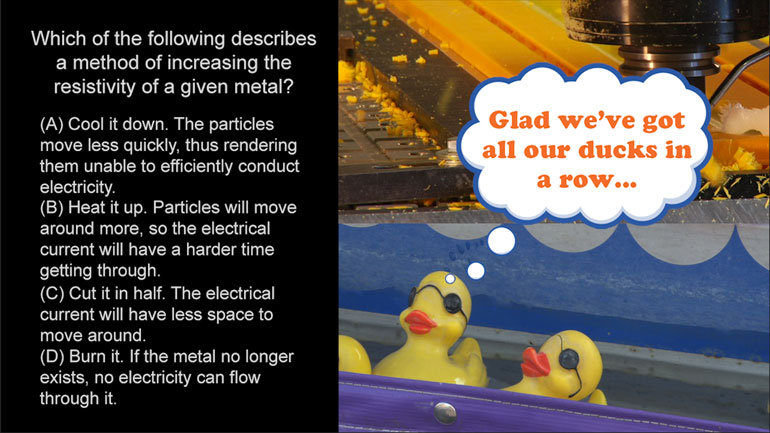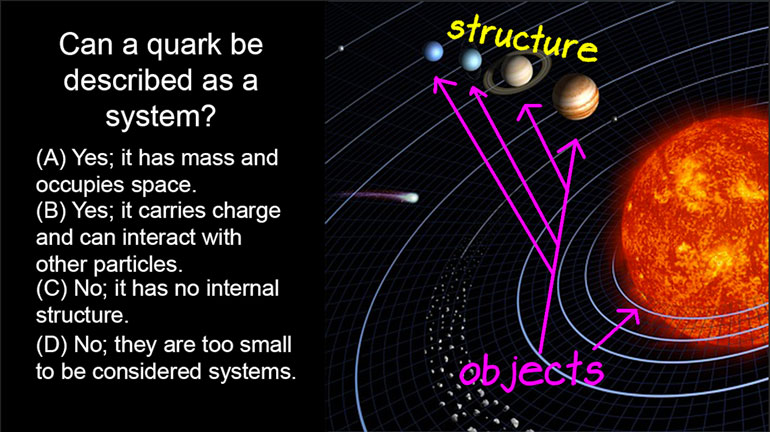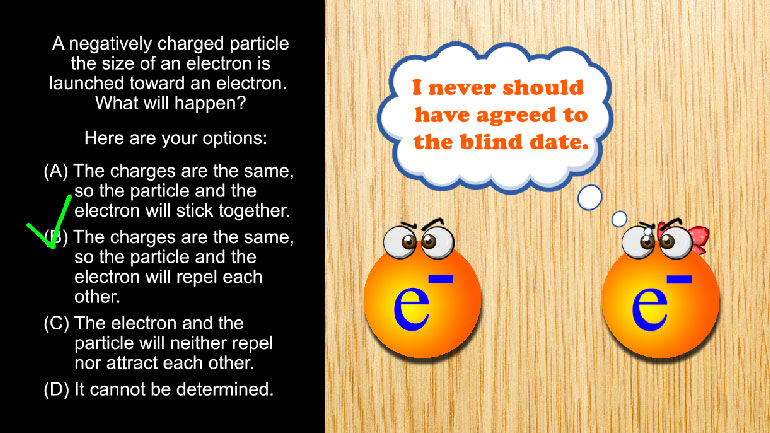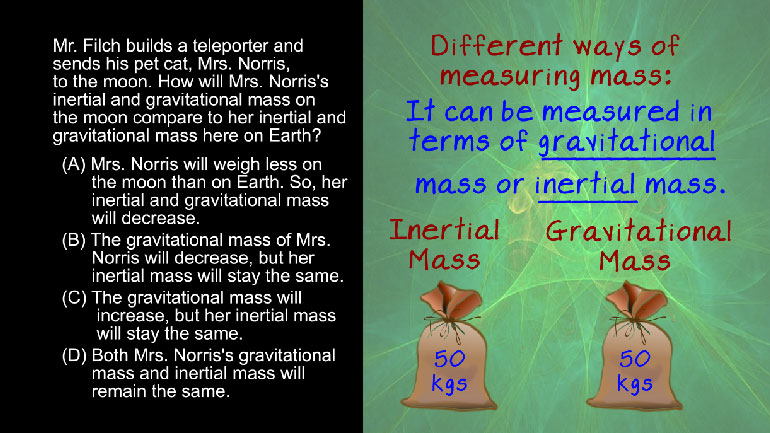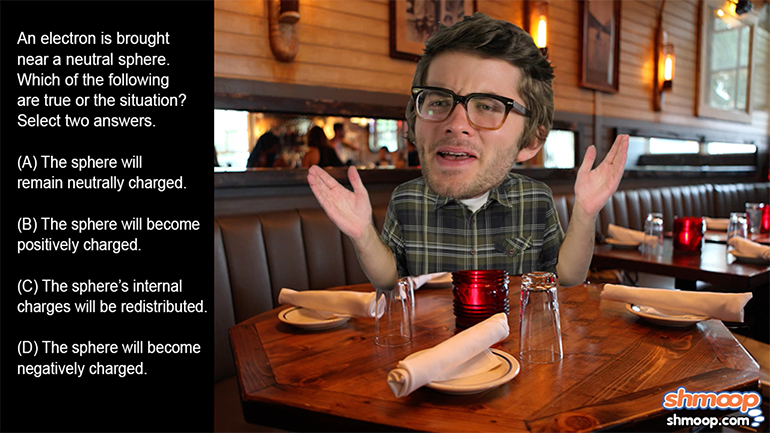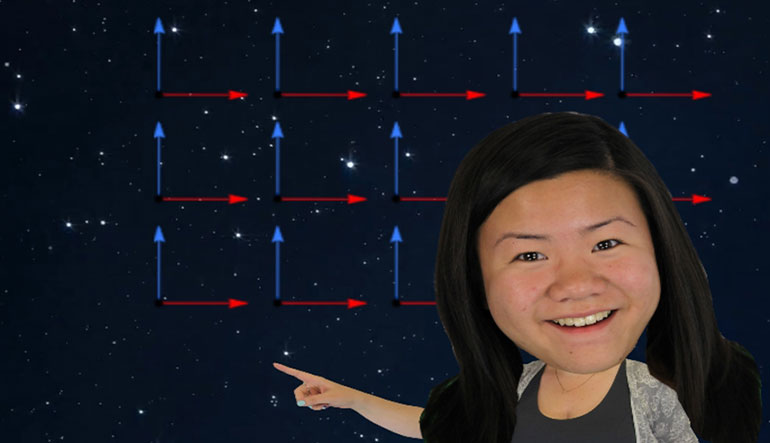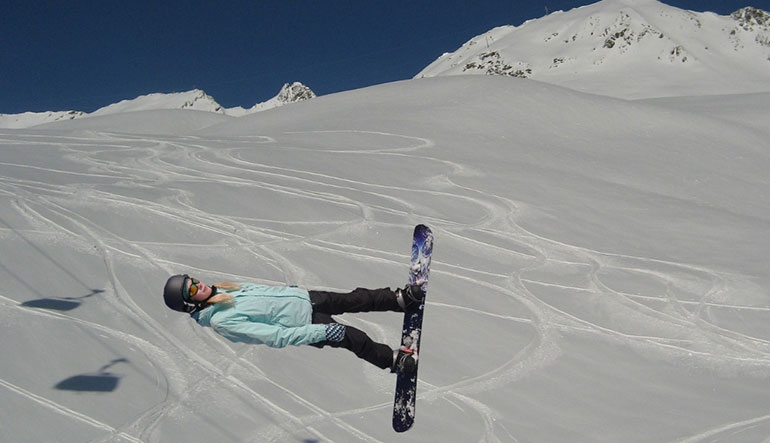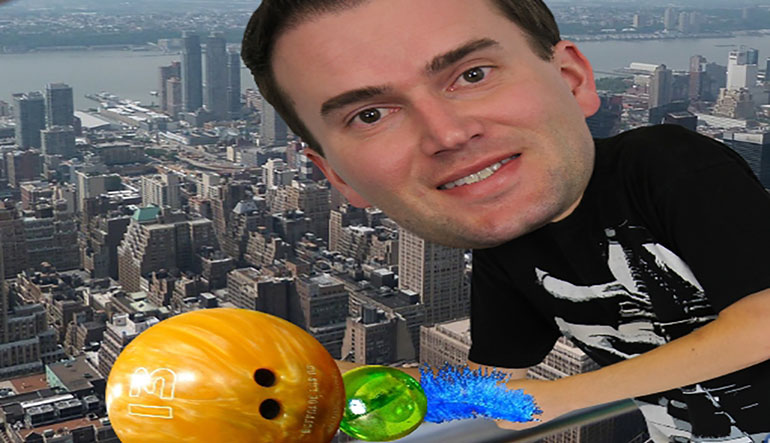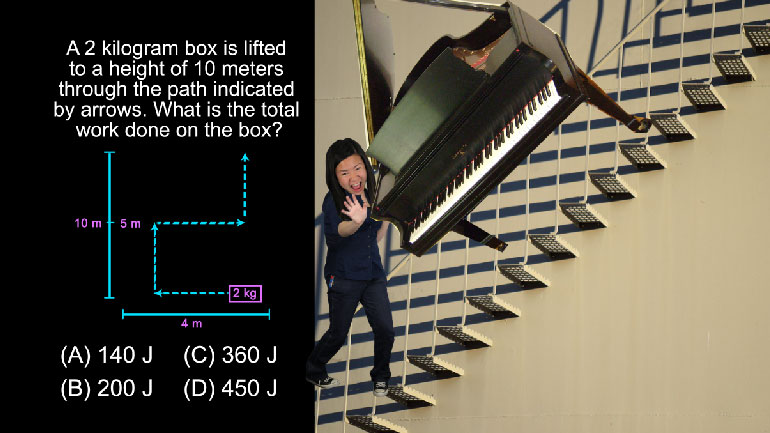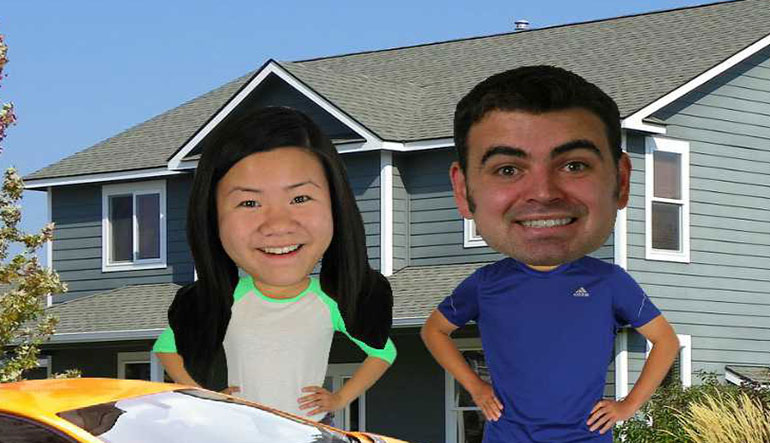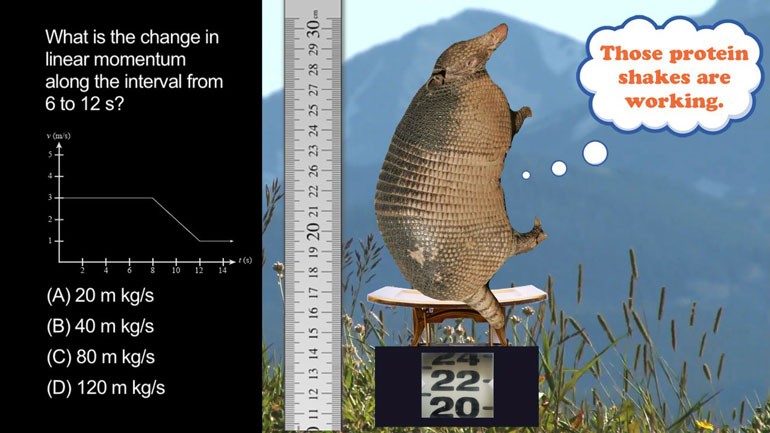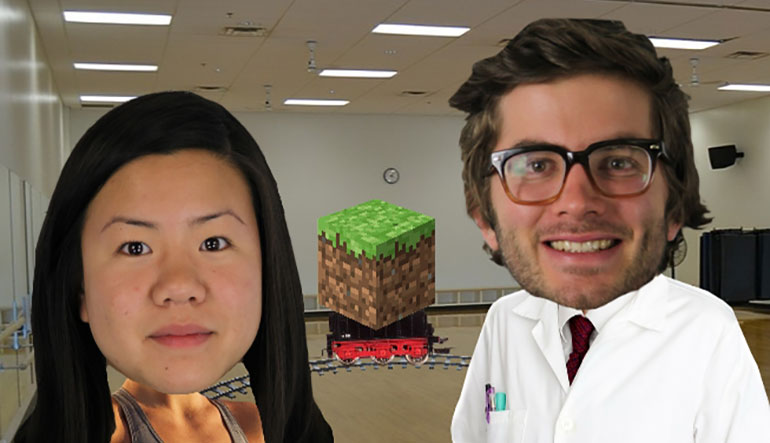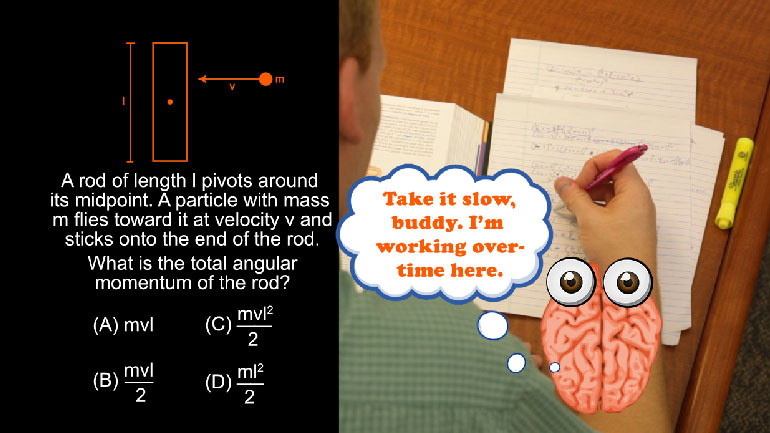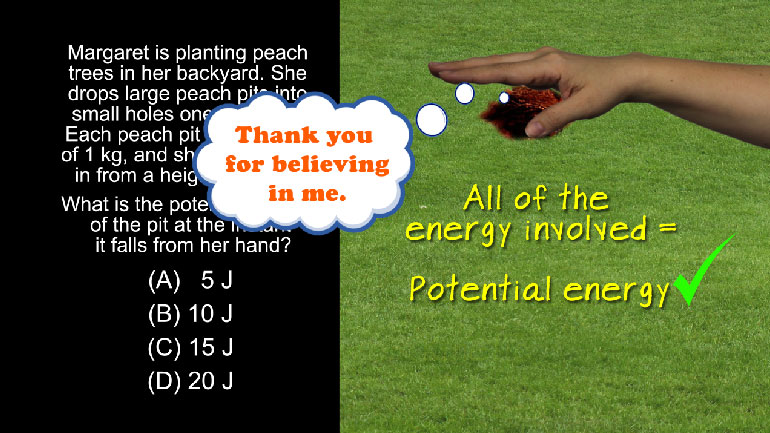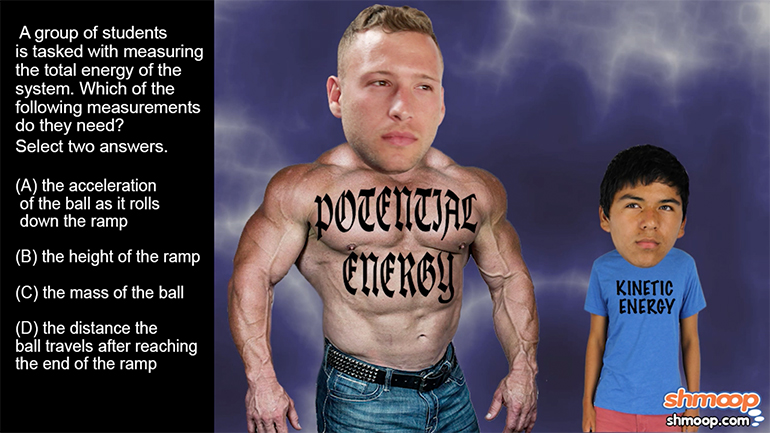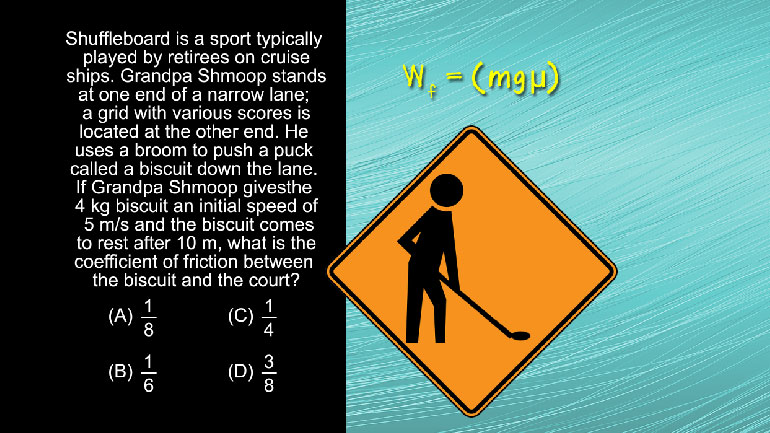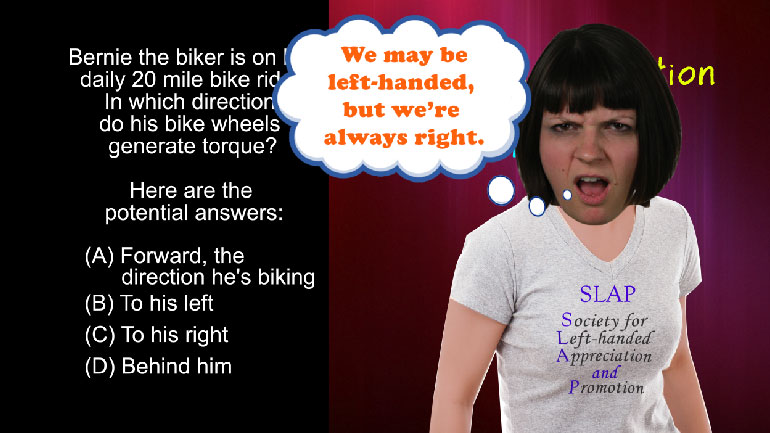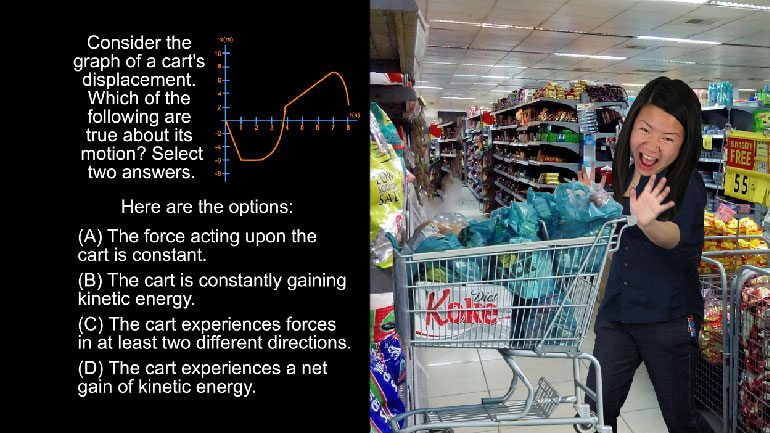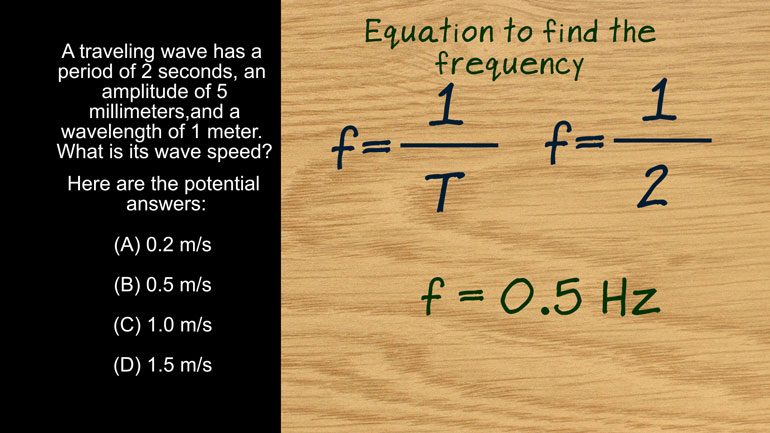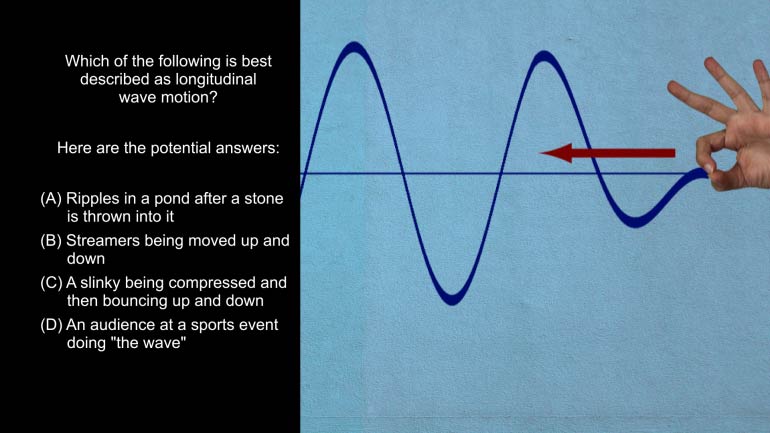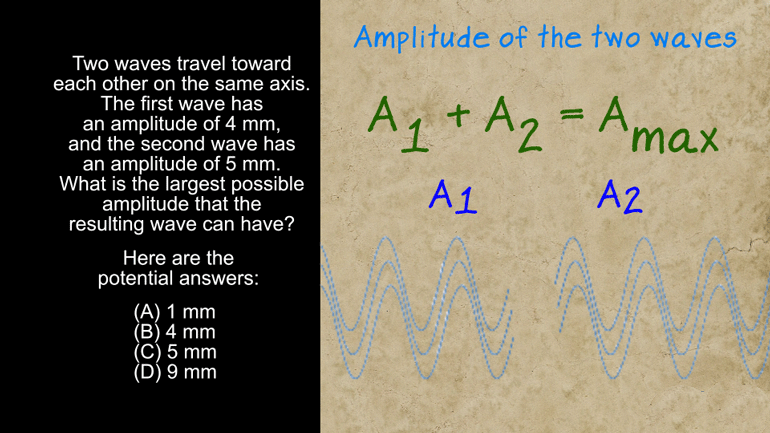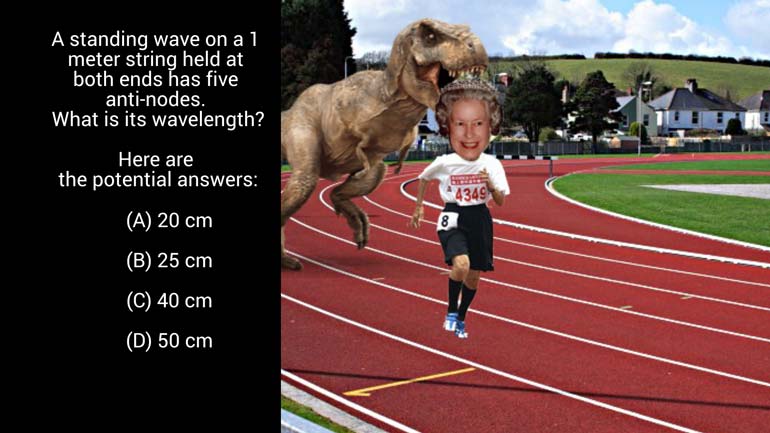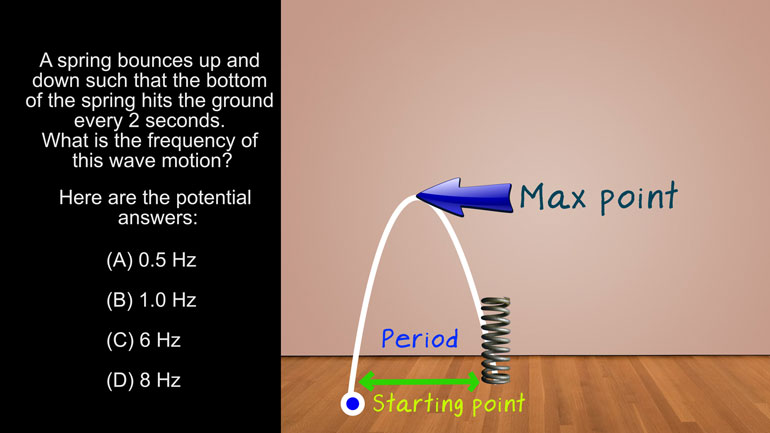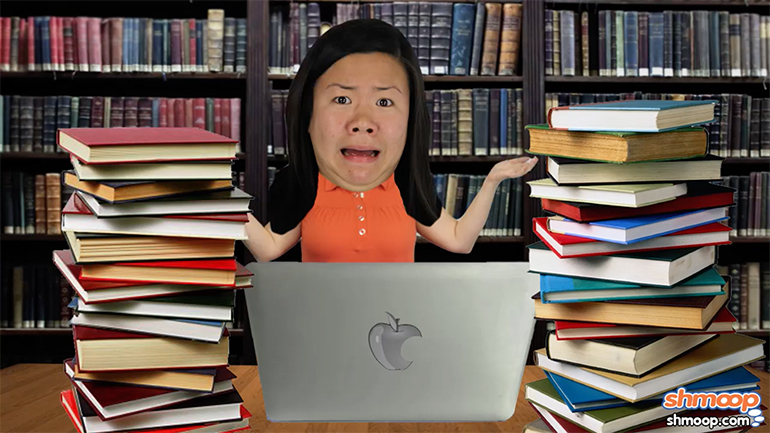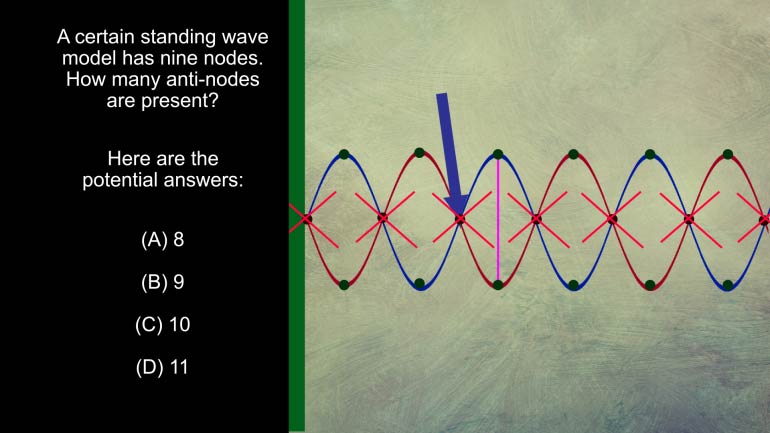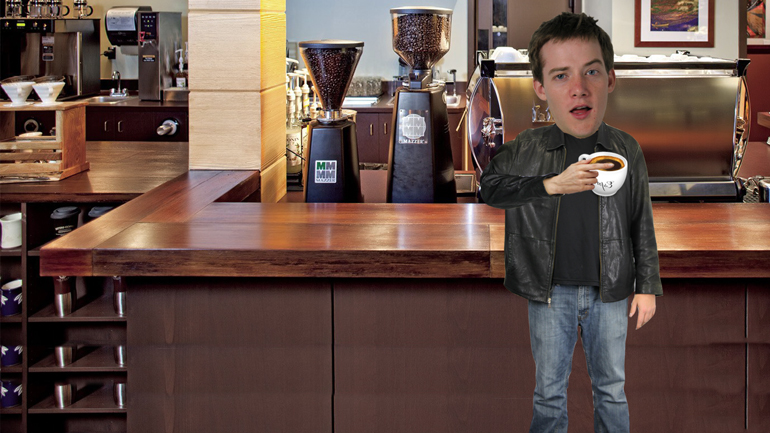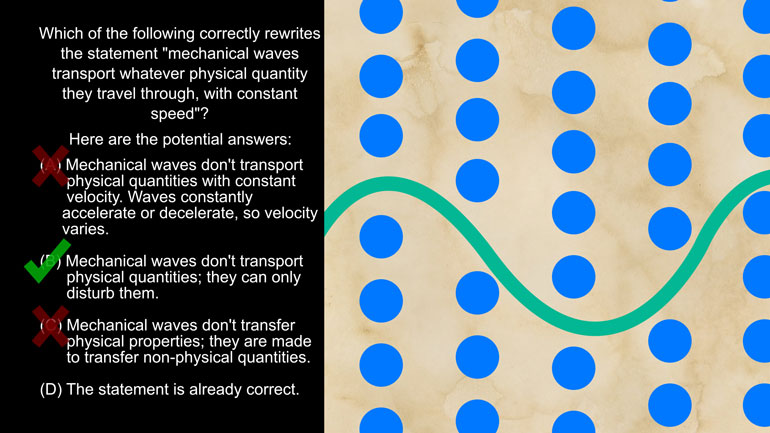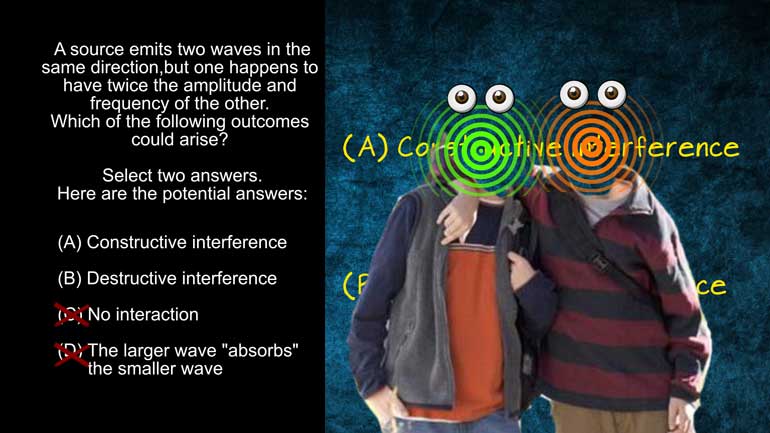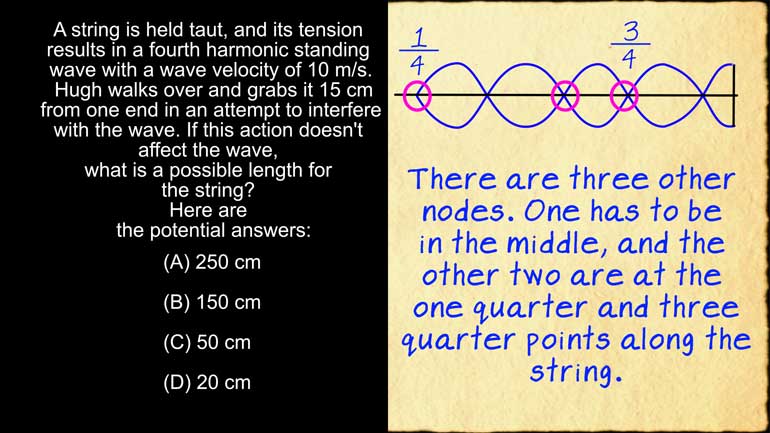ShmoopTube
Where Monty Python meets your 10th grade teacher.
Search Thousands of Shmoop Videos
AP Physics 1 Videos 86 videos
AP Physics 1: 2.5 Changes and Conservation Law. At what point(s) in this situation is energy lost in any form?
AP Physics 1: 1.4 Waves. Which of the following is technically true for Max as he stands at the edge of oblivion?
AP Physics 1: 1.4 Changes and Conservation Laws. Find the current across R2.
AP Physics 1: 3.5 Waves 8 Views
Share It!
Description:
AP Physics 1: 3.5 Waves. Which of the following outcomes could arise?
Transcript
- 00:00
Thank you theun here's your shmoop dooz your brought to
- 00:05
you by wave sources a wave source khun b a
- 00:08
machine creating a wave russ though the wave sources usually
- 00:11
waking up too late to do our hair all right
- 00:14
a source omits two waves in the same direction but
Full Transcript
- 00:17
one happens Toa have twice the amplitude and frequency of
- 00:21
the other Which of the following outcomes could arise Select
- 00:25
two answers right here the options Constructive destructive nana large
- 00:29
german Alright let's imagine this scenario Here we are just
- 00:34
a regular sized wave wobbling are way down an access
- 00:37
when suddenly from behind us Here comes this monster wave
- 00:40
and it's twice as big as we are and has
- 00:42
twice the frequency Well it'd probably feel like getting chased
- 00:46
down by an nfl linebacker But we're dealing with waves
- 00:49
here And waves or energy not matter Waves don't collide
- 00:53
Exactly But they do Interact so we can scratch out
- 00:56
See when waves interact they create interference Well there could
- 01:01
be constructive interference which happens when waves of the same
- 01:05
sign either both positive or both Negative Come together All
- 01:08
right When there's constructive interference the waves add to each
- 01:11
Other creating a wave with a larger amplitude But if
- 01:15
the waves have opposite amplitude cz one positive and one
- 01:18
negative then they create destructive interference They cancel each other
- 01:22
out partially or entirely and their combined amplitude is smaller
- 01:26
Well in either case after the waves combined they cancel
- 01:29
each other out but just keep on moving back to
- 01:32
their original amplitude One wave does not absorb the other
- 01:35
so answer D is out the correct answers then our
- 01:38
a and b when they meet the waves either exhibit
- 01:41
constructive or destructive interference Sadly for us bedhead is usually
- 01:47
a case of destructive interference that no amount of hair 00:01:49.939 --> [endTime] gel can never reconstruct
Related Videos
AP Physics 1: 1.4 Waves. Which of the following is technically true for Max as he stands at the edge of oblivion?
AP Physics 1: 1.4 Changes and Conservation Laws. Find the current across R2.
AP Physics 1: 2.4 Changes and Conservation Laws. Which of the following circuits should the students use?
AP Physics 1: 1.5 Waves. What can possibly occur when the two waves reach each other?
AP Physics 1: 2.2 Waves. What's the wavelength of this standing wave?

